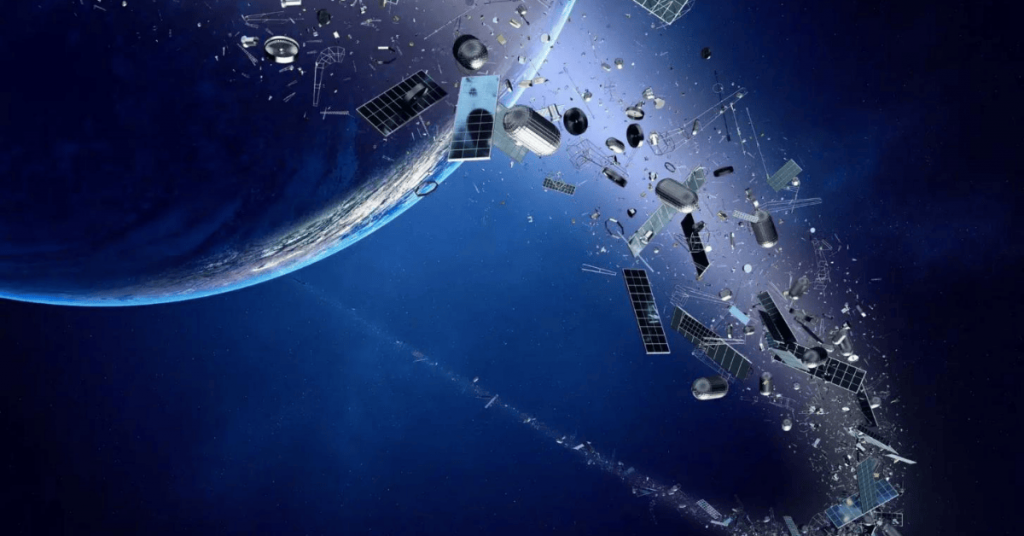Congested orbits mean high risks of debris
October 29, 2025

Charles Delfieux, CEO and Founder of Univity, says that the continued race for LEO constellations cannot continue unchecked. Low Earth Orbit populated by spacecraft and the risk of orbital debris is not an infinite resource. It’s a shared environment that must be protected.
He argues that the planet needs a new alternative and says that Very Low Earth Orbit (VLEO) satellites should be used to expand connectivity without compromising the long-term usability of space.
Univity (the former Constellation Technologies & Operations), based in Toulouse and Paris, France, is itself building a next-generation space infrastructure to provide high-speed, low-latency connectivity worldwide. Its goal, it says, is to connect not just places but people, unlocking endless opportunities for digital inclusion, economic growth, and technological advancement.
Univity on October 16th signed an MoU with Telespazio France to participate in Univity’s test campaigns to
evaluate and demonstrate the performance of its solution to civil and defense customers. The ambition is to ultimately integrate Univity’s technology into Telespazio’s service catalogue, providing a comprehensive connectivity offer combining ground infrastructures and a VLEO constellation.
Univity quotes recent comments from astrophysicist Jonathan McDowell, who says that one or two Starlink satellites are now falling back to Earth every single day. noting: “With all major announced constellations being effectively deployed, the number of low-Earth orbit satellites could soon exceed 50,000. The result: an increasingly congested orbital environment and rising risks of generating orbital debris, threatening both the safety and sustainability of space operations.”
“As more constellations populate Low Earth Orbit, debris mitigation is no longer an option. It’s a strategic necessity. Based on VLEO, Univity drastically reduces debris generation by deploying its satellites at self-cleaning orbits. They are thus designed to naturally disintegrate within weeks or months after end of life, reducing the risk of generating new orbital debris,” said Univity.
“This environmentally responsible design, combined with the use of telecom operators’ 5G spectrum, enables high-performance, affordable and sustainable connectivity. It bridges the gap between terrestrial networks and universal access, without multiplying obsolete hardware in orbit,” the company suggested.
Univity says it stands out for a business model that places telecom operators at the heart of the value chain and a unique technological combination designed to reconcile performance, integration simplicity, and cost efficiency. At its core lies a telecommunications architecture based on telecom operators’ 5G spectrum, designed to work in synergy with a VLEO deployment.
“This approach paves the way for high-performance, affordable, and sustainable connectivity, including in rural, remote, or crisis-affected areas, complementing existing fiber or cellular networks,” the company added.
Other posts by :
- FCC examines SpaceX’s 15,000 sat-constellation plan
- EchoStar: “Severe uncertainty” led to spectrum sales
- Netflix gets downgrade on Warner Bros move
- UK trims Orbex investment
- Euro-bank sets up €500m space fund
- Revenue jump forecast for Eutelsat
- Moody’s upgrades Eutelsat’s debt rating
- Rivada Space Networks wins spectrum dispute
